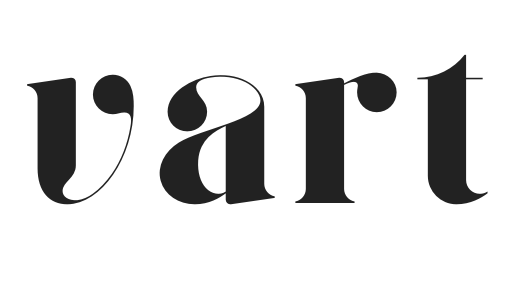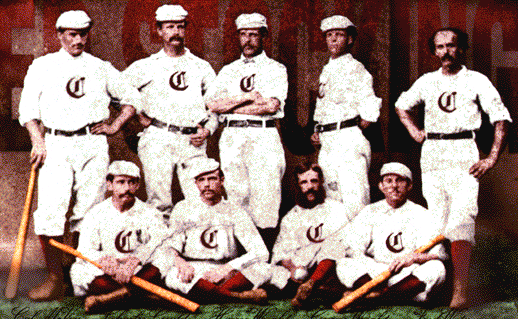sing a song of sixpence
a bottle full of rye
four and twenty blackbirds
baked in a pie.
When the pie was opened
the birds began to sing;
Who put that pastry on,
we could'nt see a thing!
The King was in the
counting house
Counting out
his money;
The Queen was
in the parlour,
Looking at him
kind of funny!
The maid was in the garden
hanging out the clothes;
where the king spends his cash,
she's the one who knows!
ali-p 2003

blue and brown bird on tree branch
https://images.unsplash.com/photo-1584274536766-892744b97d57?fm=jpg&fit=crop&w=600&q=80&fit=max
How Checkbook History Propelled Gustav Klimt to the $150 Million Club
Discover how Austrian painter Gustav Klimt, once dismissed by the establishment, joined the ranks of the highest selling artists at auction.
https://t.co/eyyo9JyKOt
a close up of a green car parked in a garage
https://images.unsplash.com/photo-1673714745078-94d62a231aef?fm=jpg&fit=crop&w=600&q=80&fit=max

, genre: still life, style: Classical Realism, tags: Still life photography, completition: 1965.
https://uploads0.wikiart.org/00314/images/frank-mason/lemon-grapes-and-wine-bottle-rome-1965.jpg
, genre: figurative, completition: 1990.
https://uploads7.wikiart.org/00335/images/oleg-holosiy/20210331-092014.jpgWerd yo
I'll let the mic go
And sew up my pants
Because theres a hole
And I have ugly feet
But I can rap to a beat
Ticky ticky sticky meat
Wikki wikki my name it earine it is no lie
You go against me and your goin to die
I'll kick you up and kick you down
When I'm done we'll see the clown
I'll throw you this little tune
And then I'll lick this baboon
Peace
Wikki wikki
Building a successful business is slowly becoming about who has a social media presence.
With the evergrowing adoption of social media, it's become a pillar for all businesses to have a social media presence, or else they don't stand a chance.
Although this seems unfortunate to many people who aren't fans of social platforms, there might be a way out.
In this article, we're discussing how to build a successful business without a social media presence or following.
#business #socialmedia #socialpresence #socialmediapresence #socialmediamarketing #socialmediastrategy #businessmarketing

, genre: landscape, style: Ukiyo-e, tags: Water, completition: 1857.
https://uploads0.wikiart.org/00301/images/hiroshige/37-kilns-and-the-hashiba-ferry-on-the-sumida-river.jpg
a white bird standing on top of a tree branch
https://images.unsplash.com/photo-1634586631482-6002ad5808e4?fm=jpg&fit=crop&w=600&q=80&fit=max
I am
not me
I am not what I seem to be
I am not what I look like
masked in the darkness
that only the tears can see
shimmering droplets of fear
breaking the barrier of myself
I am
wrecked
split
torn
embedded
I am a creature behind the pain
sensually smiling to everyone
screaming inside for what is not
as I die with every little breath
I take this life down with me
I am
horrid
masked
broken
terrified
I am hurting for help from others
yet I ask the wrong questions
pondering when I will be saved
yet awaiting the tock of the clock
that never seems to pass on by
I am
crimson
cut
severed
tainted
I am what I feel inside of me
killing off the presence of life
bearing down in the empty hole
realizing no heart was what I had
stone cold in the isolation of myself
I am
ignorant
pitiful
disgraceful
stupid
I am what I don't seem to be
so look at the out and not the in
for your eyes will fill with tears
as my body lay in the cold emptiness
knowing what I was, not who I am
What if tomorrow never comes will we miss what we did yesterday how bout what we did last . if tomorrow never comes will we forget the things we did in the past , will we forget the ones we love . if tomorrow never comes what will happen with to day will our memories fade away out of those who we care so much about .
what will happen with the world as we know it should it crumble and fall beneath us if tomorrow never comes . Shall all we fought so hard to protect die without us if tomorrow never comes.will we still be happy when were dead will we still be around in some way shape or form if tomorrow never comes...........
The Cincinnati Red Stockings now known as the Cincinnati Reds of 1869 were baseball's first openly all-professional team, with ten salaried players.

, genre: cityscape, style: Post-Impressionism, location: ParisFrance, tags: Paris, Notre-Dame-de-Paris, Medieval architecture, Holy places, Arch, Arcade, Classical architecture, Place of worship, Building, Gothic architecture.
https://uploads6.wikiart.org/images/maurice-utrillo/notre-dame.jpgRead more: https://t.co/Rk3kREuX6f
Article by Richard https://t.co/U20AbWVmcQ

Planting a Flag, and a Flagship, for Black Art
The reopening of the Studio Museum in Harlem, after seven years of construction, comes with dazzling alumni and collection shows.
https://t.co/dK6NI9rwnNi dont know anymore
wasn't this suppose to be home?
parents and their kids have issues
from yelling to hitting to leaving to drugs
well thats my life
always yelling, being hit, always leaving, on drugs to much
its not going to change
my life isn't worth much anymore
it never was actually...
i told my dad he's a fucking prick
his reaction...
he threw a glass ashtray at me
thats ok though;
being on all sorts of pills
no pain what so ever
my dad will get it back
all the stuff he's put me through
his time will come
i will not say though
it will just happen
for now
im packing up
and going home once again
but it wont change much
just wont have to put up with dad
everything else will be the same
During an 1833 meeting of the British Association for the Advancement of Science, a spirited discussion took place to determine what to call those who worked in the different branches of their profession.
William Whewell suggested the word scientist, an obviously superficial suggestion that could not be considered seriously for a moment. Six decades later, it is still used.
Some of the first tools for writing were the hunting club and the sharpened stone. Cave dwellers scratched pictures onto the walls of cave dwellings. It represented daily events such as planting crops or hunting victories.
With time, systematised symbols were developed from their drawings that represented words and sentences but were quicker and easier to draw. The symbols became shared among groups.

grayscale photo of womans face wall art
https://images.unsplash.com/photo-1592293354295-39cad9c57d15?fm=jpg&fit=crop&w=600&q=80&fit=max














